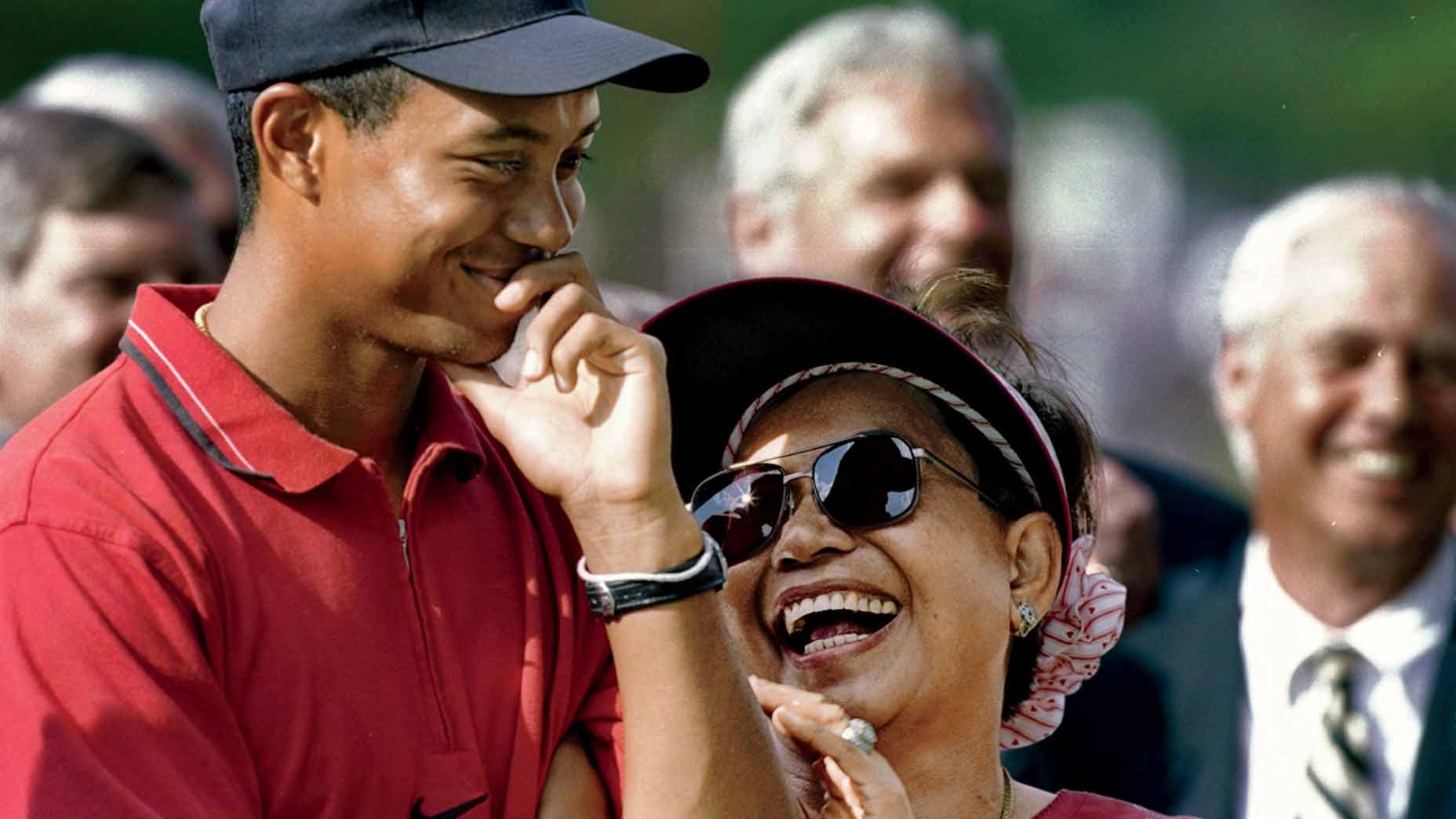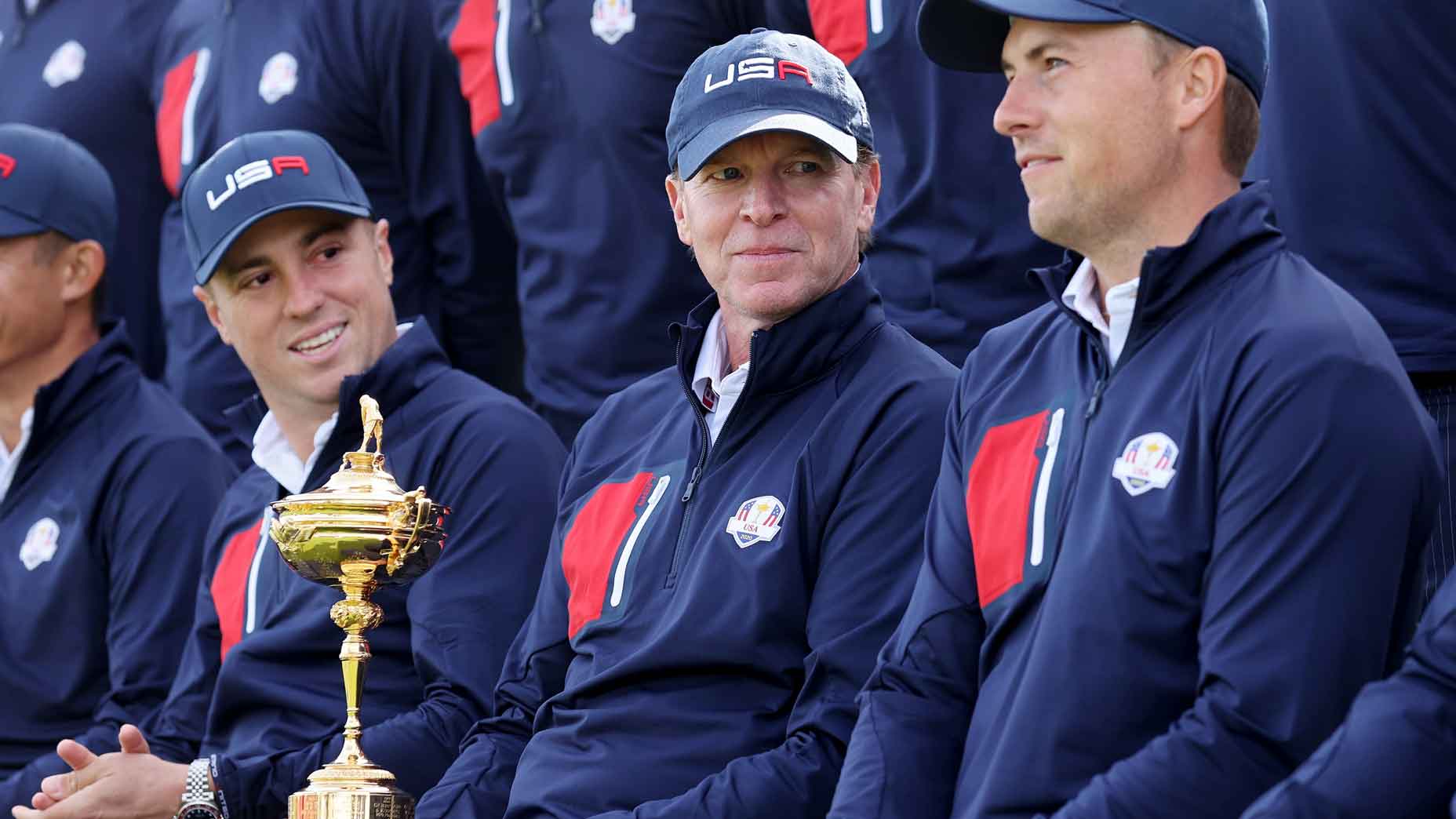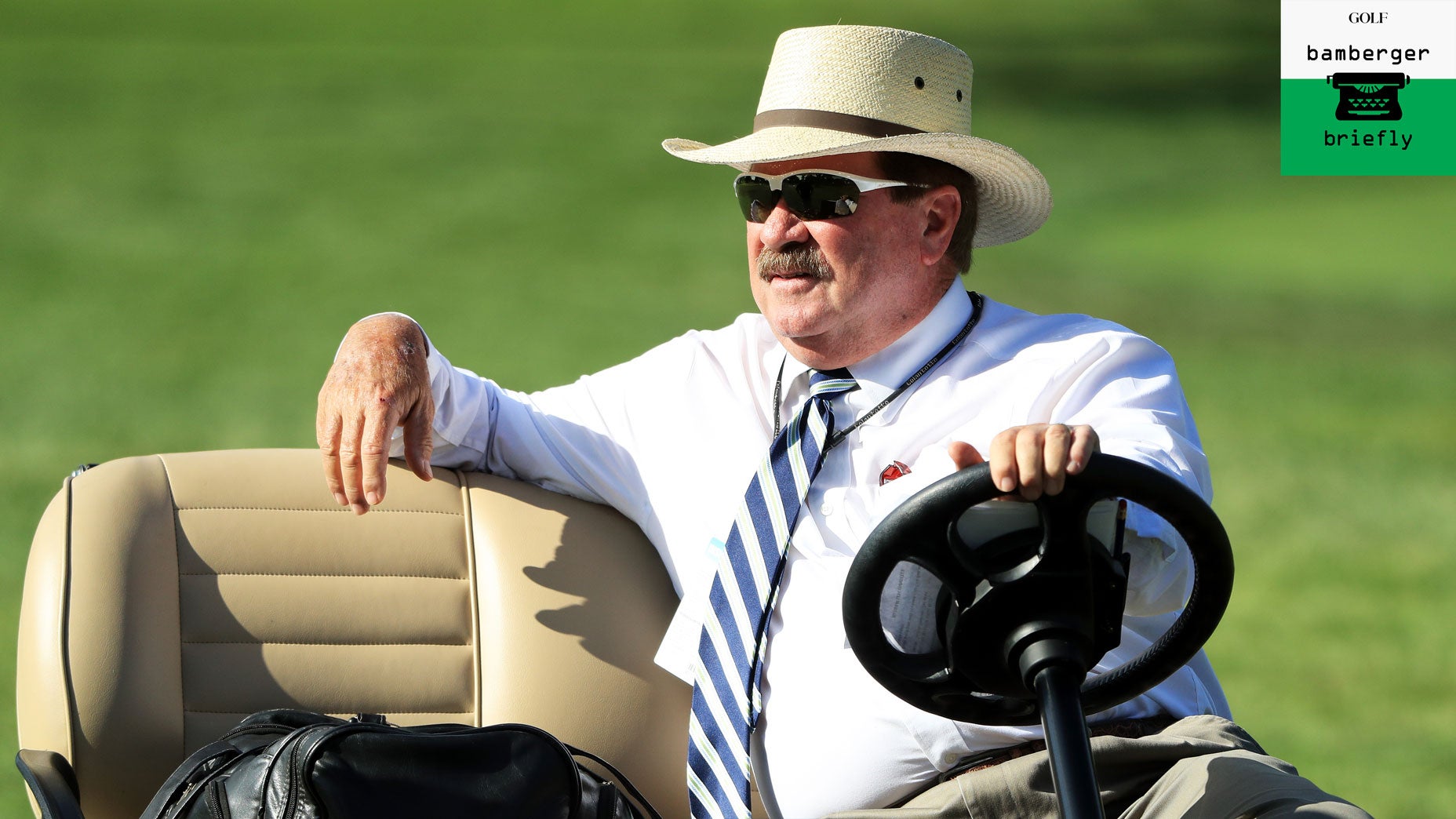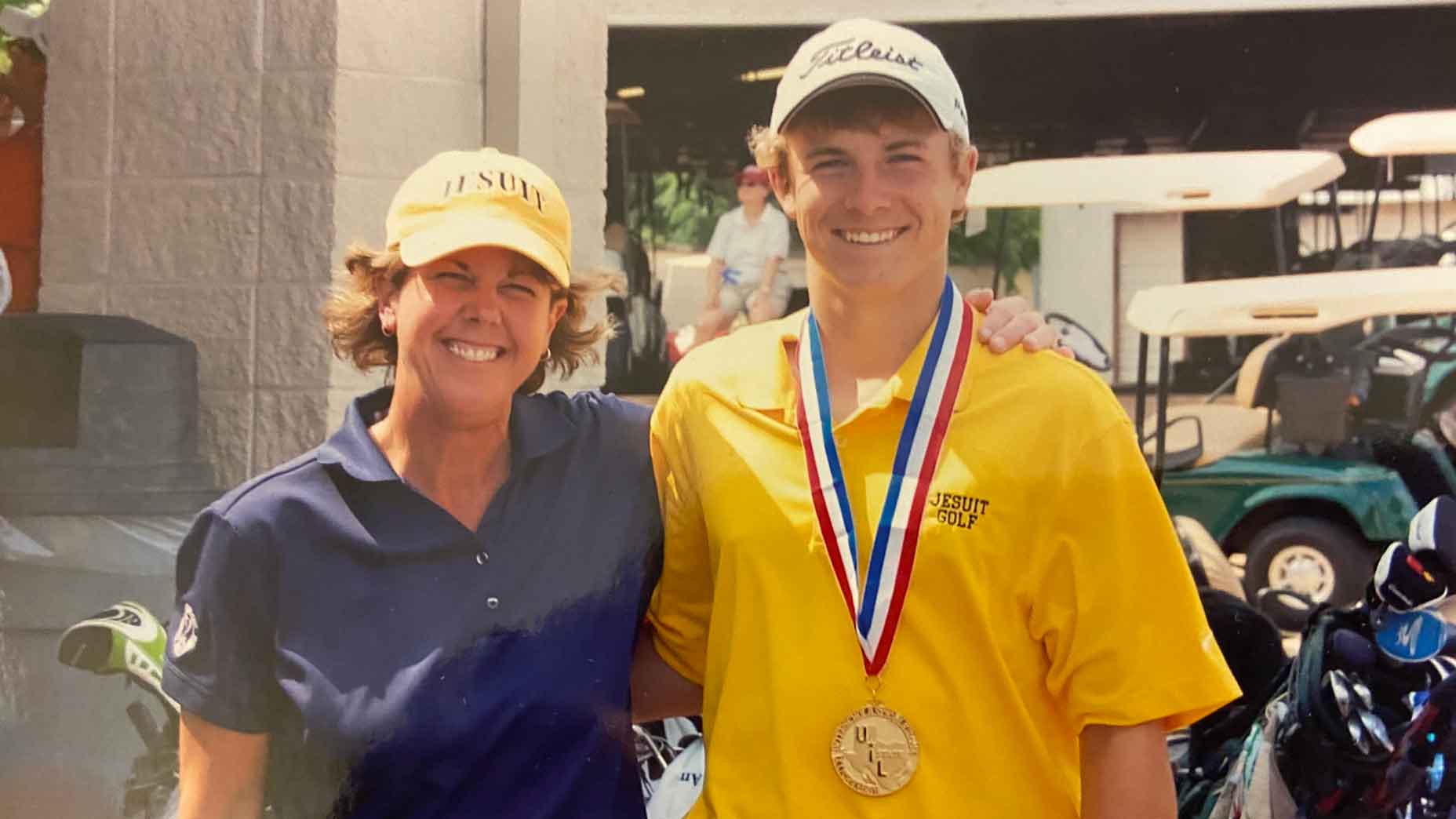Earl used war stories as a teaching tool, but it was Tida Woods who taught Tiger the art of war

In 1997, Woods won four times, including his first Masters — good times for Tiger and Tida.
Andy Lyons/Allsport
When Tiger Woods talked at the Champions Dinner at the November Masters, the green-coated men in the room heard him speak more soberly than ever before. The defending champion reflected on his short drive, from the Augusta airport to Augusta National, green jacket on, knowing he may never wear the club coat off campus again. He talked about his children and himself. His late father, his still-kicking mother. The subtext was obvious: his family’s journey.
Tida’s journey — from Thailand to New York to Southern California — is all about drive. The history of American golf is loaded with golf moms, but none exactly like Kultida Punsawad Woods, an immigrant and a woman of color (in the phrase of our times) who figured out her adopted country, her adopted language, her only child, his chosen sport. No Tida, no Tiger.
Tiger remembers vividly how his mother would drive him to his junior events in her Plymouth Duster. She was not the parent chatting up the other parents, ever. Tida Woods and Mary Mickelson, another Southern California golf mom, started crossing paths in the early 1990s, first at Tour events, later at Presidents Cups and Ryder Cups. It wasn’t until the 2012 Ryder Cup that the two mothers actually met, and that visit was brief. Tida’s purpose was Tiger.
When talk turns to Tiger’s life and times, there’s a lot of Earl this and Earl that. Lt. Col. Earl Woods, Green Beret soldier, mid-70s golfer. But Earl was a softie, he really was. Tiger will tell you that. Tida was the one who took no prisoners. He’ll tell you that, too. When Tiger won his first Tour event in 1996, in a playoff over Davis Love, Tida said, “He take his heart.” A few years ago, Tiger told Steve DiMeglio of USA Today, “My mom’s still here and I’m still deathly afraid of her.” Funny. Surely true.
In 2005, at the Open in St. Andrews, play stopped for two minutes of silent meditation during the first round to remember the 52 people killed, and the hundreds injured, in a series of terrorist bombings in London a week earlier. Two minutes is a long time. Tiger was on the course and clearly lost in thought. When I asked him about it after his round (and after apologizing if the question was too personal), he said, “I was more thankful than anything else, because my mom was in the building right across the street from where [one of the bombs] blew up. I was very thankful that my mom is still here. I can only imagine what it was like for everyone else involved, where they lost a loved one or had loved ones hurt.” Tiger’s heart shows up in unexpected ways and places. He won that Open by 5.
Tiger’s mom is always there, psychically or otherwise. That’s especially true at Augusta. We’ve all seen the famous snap, the Tiger-and-Earl we-did-it hug in the aftermath of the 1997 Masters. The next hug was mother and son, but that moment never went viral. When Tiger returned to golf at the 2010 Masters, with his private life blowing up, Tida walked the fairways, often arm in arm with Phil Knight from Nike, busting loose now and again, snaking her way through the crowd and getting herself a front-row spot. In 2019, during the late stages of the Sunday round, Tiger’s mom was watching in the clubhouse with her two grandchildren and others. Suddenly, they were all escorted out and to the home green. To get there, Tida Woods — in her mid-70s, a little over five feet tall — had to negotiate a yard-high black braided chain. She went over it like a high hurdler. In that moment, Mrs. Woods made a singular impression: She’s sturdy.
“My mom played golf when I was very little,” Tiger said recently. He was in Los Angeles at the time. “We played at Heartwell, we would go out there and play together.” Heartwell is a 2,100-yard course in Long Beach where Tiger played as a kid. “She never really played much, but she can still putt. We still have a few putt-offs in the backyard every now and again, with the kids.” That backyard is in South Florida.
It’s a nice image, the three generations together, just as they were at Augusta National on that Sunday when their lives came full circle.
Michael Bamberger welcomes your comments at Michael.Bamberger@golf.com.














